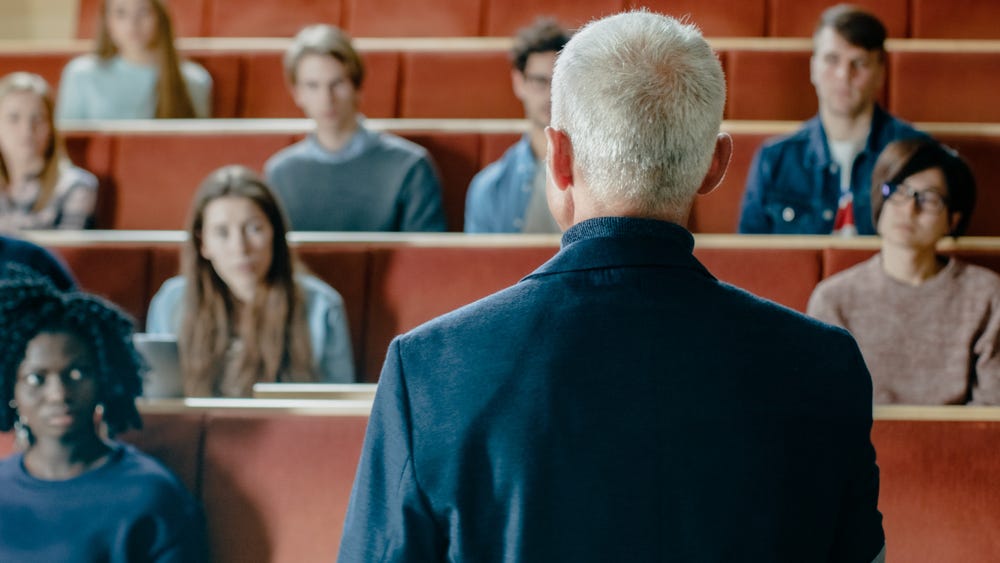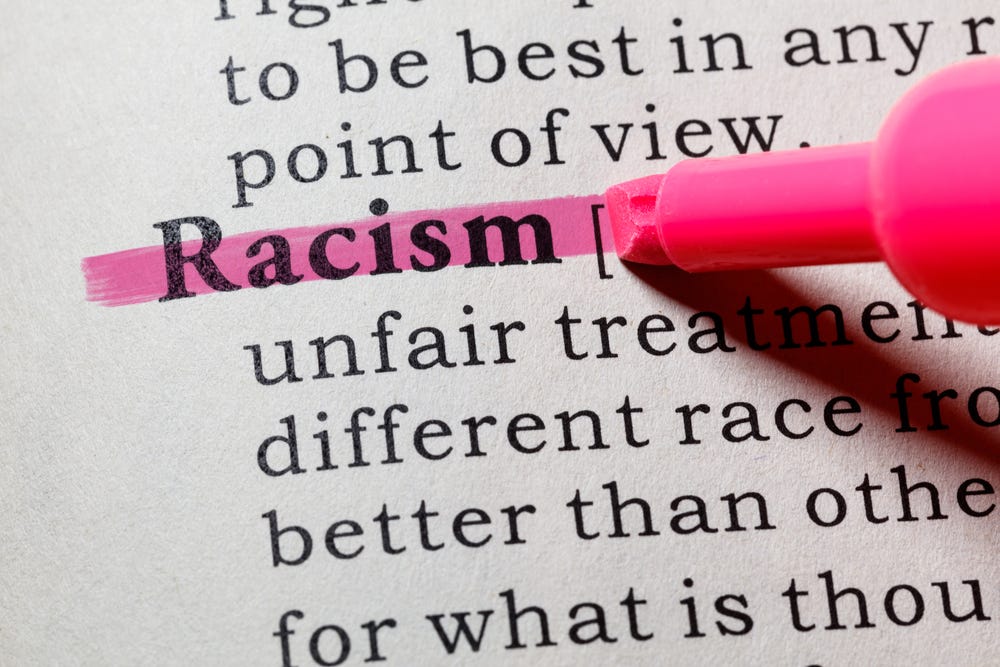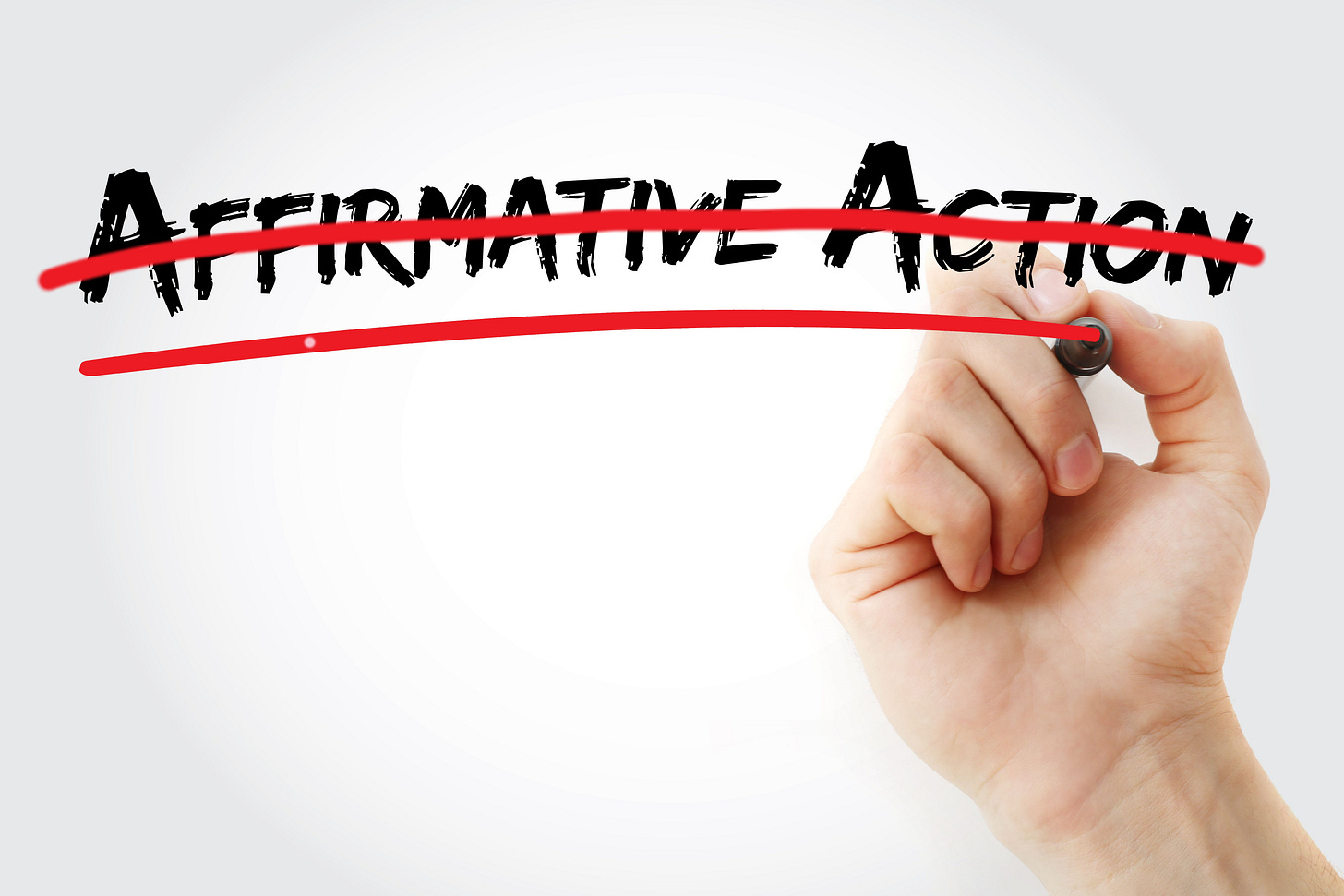E-Pluribus | June 1, 2023
"Safety" and free speech; moving the racism goalposts . . . again; and schools looking for loopholes in a post-affirmative action world.
A round-up of the latest and best writing and musings on the rise of illiberalism in the public discourse:
Holly Lawford-Smith: Campus Speech and Compromised Safety
At Quillette, Holly Lawford-Smith, an associate professor at the University of Melbourne, ponders the mindset of her opponents and their apparent concept of free speech. Although the Australian (and British) take on free speech differs somewhat from the United States, Lawford-Smith offers some good insights into the free-speech-for-me-but-not-for-me reflex that seems so prevalent among university students and what the universities can and should do to educate their students to counter the illiberal impulses.
Kathleen Stock tweeted recently that ‘Many philosophers have existed only in their own minds, but I think I may well be the first to exist only in other people’s.’ She was responding to the latest outbreak of leftist moral panic about gender-critical feminism, in this case a series of actions taken by student activists at the University of Oxford in protest against her being invited to participate in a debate hosted by the Oxford Union—which describes itself as ‘the world’s most prestigious debating society’. In commenting that she exists only in other people’s minds, Stock meant that the version of herself and her views being objected to by the student activists was unrecognizable to her.
[ . . . ]
The idea that there’s a clash between sex and gender identity, as gender-critical feminists assert, is one of the most radioactive ideas on university campuses today (and not just in the English-speaking world). In 2021, Stock collected testimonies from UK academics about how they were treated for expressing gender-critical views. There have been several recent or ongoing legal cases brought by students or faculty against universities on these grounds. Thus, gender-critical speech is a good litmus test for how far universities are prepared to go to protect freedom of speech.
Puzzlingly, to me at least, there have been mixed reactions to the campaign against me. Some appear to think that it is simply the price of free speech: students (and likely some members of the wider community) are simply expressing their beliefs about me; never mind if those beliefs are accurate. The best response to speech one finds objectionable is more speech, so why don’t I simply reply to the claims made by the campaign? It’s not as though I have no platform; after all, I’m here on the pages of Quillette writing about the situation, am I not?
So that’s one possible response. Perhaps, like Stock, I am a figment of student activists’ imaginations; this figment shares my name, but, otherwise, she has very little to do with me. Their campaign is their free speech; any reply I might like to make is mine. Case closed.
Read it all.
Madeleine Kearns: Racism Gets Redefined
A headline such as “racism gets redefined” might cause some to react like Billy Martin in his famous response to being “fired” by Yankees owner George Steinbrenner in the 1978 Miller Lite commercial: “Oh, not again!” Madeleine Kearns at National Review looks at some recent stories where the definition of “racism” continues to evolve.
[Sarah] Comrie, who is six months pregnant, had just finished a twelve-hour shift at the hospital and was trying to leave on a bike that her lawyer has since produced evidence showing she rented, when a group of young men confronted her, claiming they had rented the bike. A struggle ensued during which Comrie called for help, expressed distress as one of the men brushed against her baby bump, started crying, and dismounted the bike.
If any characteristic was relevant here, it was sex — not race. Women are physically vulnerable around men and acutely aware of that fact. And perhaps none more so than small, tired, pregnant women. Comrie may have gotten emotional, but her response was also rational. Outnumbered by a confrontational group of men, she felt intimidated as any woman in her situation would. No wonder she gave the bullies what they wanted.
But that’s not how others saw it. Benjamin Crump, a trial lawyer, accused Comrie of “trying to STEAL” the bike from young black men and then endangering them by trying to “weaponize white tears.” The hospital, meanwhile, released a statement calling the video “disturbing” and emphasizing their commitment to fighting “discrimination” and placed Comrie on leave.
Or take another recent controversy. Earlier this month, Jordan Neely, a 30-year-old homeless man, got on the F train and, according to a witness, began harassing and threatening fellow passengers. In response, Daniel Penny, a 24-year-old Marine veteran, restrained Neely using a minutes-long chokehold that tragically resulted in his death.
[ . . . ]
Perhaps naively, Penny told the New York Post, “I am not a white supremacist” and expressed admiration for other countries and cultures. But white supremacy no longer means what Penny thinks it does. White supremacy is an “invisible evil” that anyone can fall into, even “well-meaning liberal types, even people of color,” according to an American Medical Association–affiliated doctor. Reni Eddo Lodge, author of Why I’m No Longer Talking to White People About Race, has called for “a collective redefinition of what it means to be racist and what we must do to end it.”
Read the whole thing.
Brian T. Fitzpatrick: Racial Preferences Won’t Go Easily
Yesterday’s E-Pluribus included an essay on the probable coming demise of affirmative action. At the Wall Street Journal, Brian Fitzpatrick writes that some schools are already devising workarounds to continue racial preferences under methods that (they hope) can withstand Supreme Court scrutiny.
For a glimpse of that future, look to Thomas Jefferson High School in Alexandria, Va., a highly rated public magnet school where the student body was until recently more than 70% Asian-American. In 2020 administrators decided they wanted a greater percentage of black and Latino students but didn’t want to use race directly in admissions—that would have been too controversial. So they reverse-engineered the outcome they sought. Middle schools in Northern Virginia are a good proxy for race. By limiting how many students could attend Thomas Jefferson from each middle school, administrators increased black and Latino enrollment and decreased Asian-American enrollment.
Universities will engage in similar shenanigans if the Supreme Court rules against Harvard and UNC. They’ve done it before. When a voter referendum forbade Michigan schools to use racial preferences in admissions, they turned to preferences for applicants who live on Indian reservations or inside the Detroit city limits. Bilingual applicants also got a leg up. None of these preferences were for race, but rather for things highly correlated with applications from Native American, black and Latino students, respectively.
Universities have already begun laying the groundwork for the transition to race-neutral affirmative action. It’s one reason many have turned away from standardized tests such as the SAT. Schools will need flexibility to get their racial numbers right because no proxy perfectly correlates with race. Standardized tests get in the way.
Read it all here.
Around Twitter
Steve McGuire reports on good news out of Stanford, and David French is a fan.
Via the Atlantic, Conor Friedersdorf with an unflattering take on the DEI industry, and endorsements from David French and John McWhorter:
And finally, just in case you’ve never seen the words “ACLU joins conservatives” in print before, there’s been a sighting!












